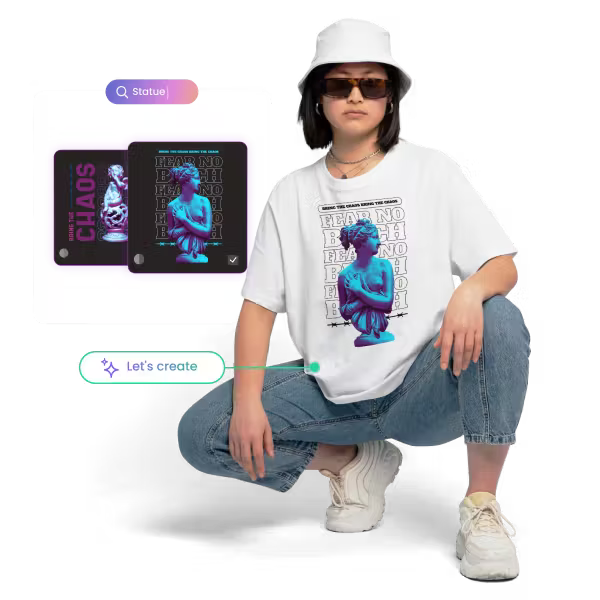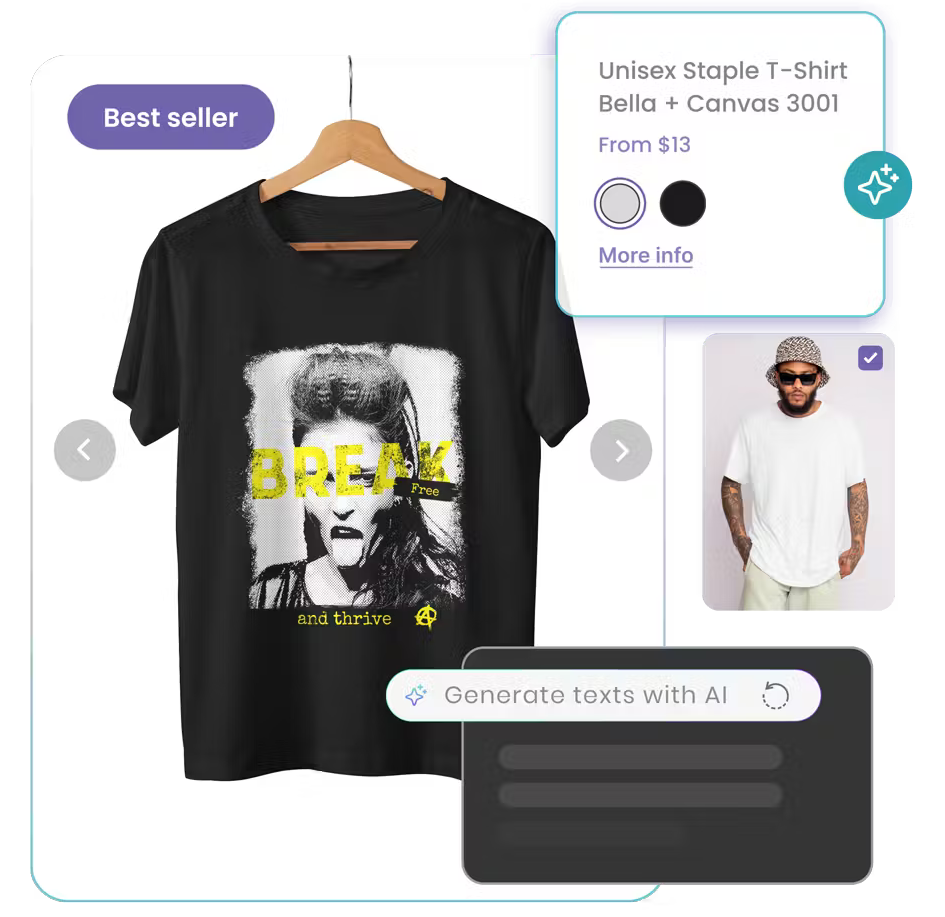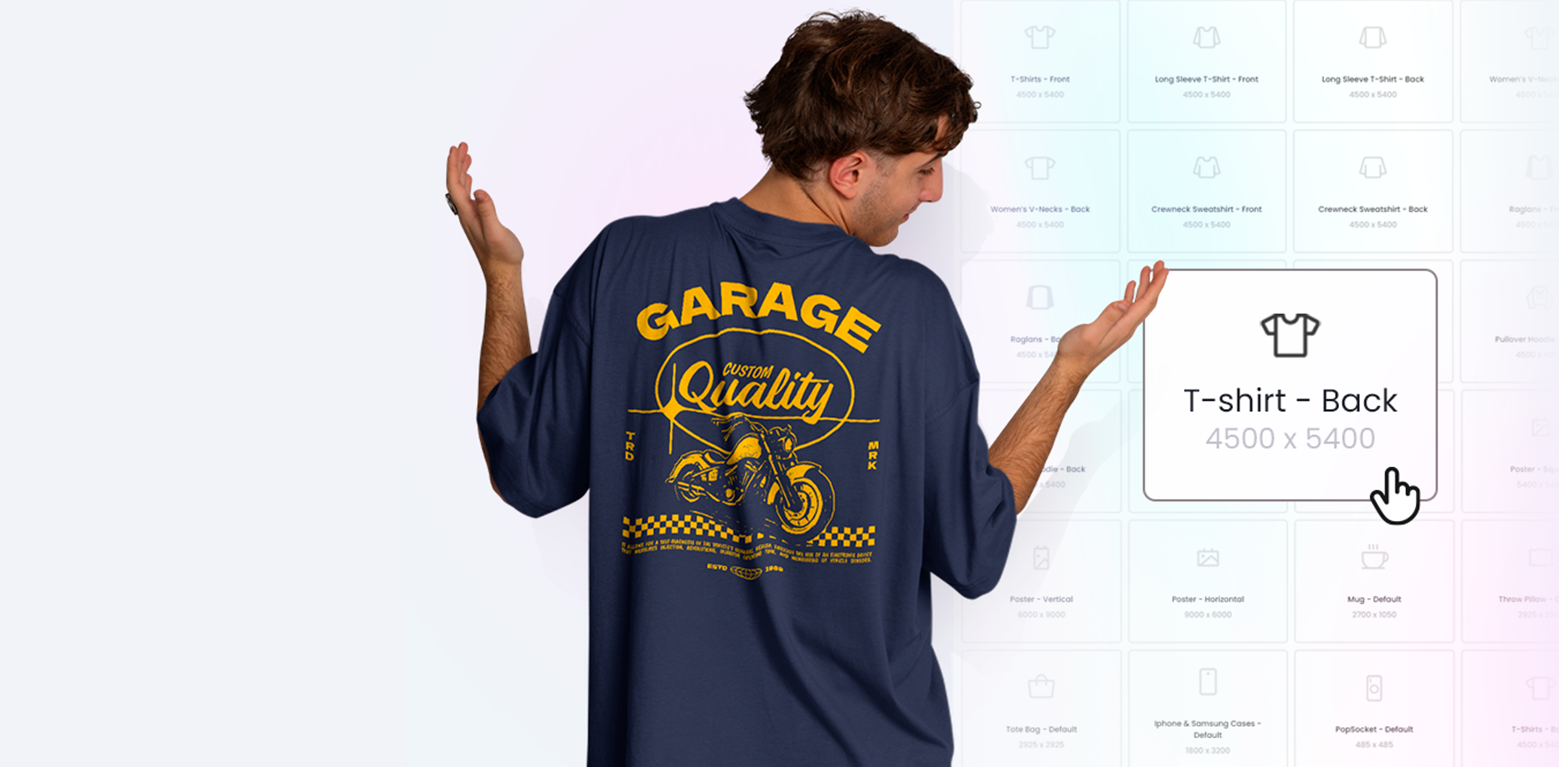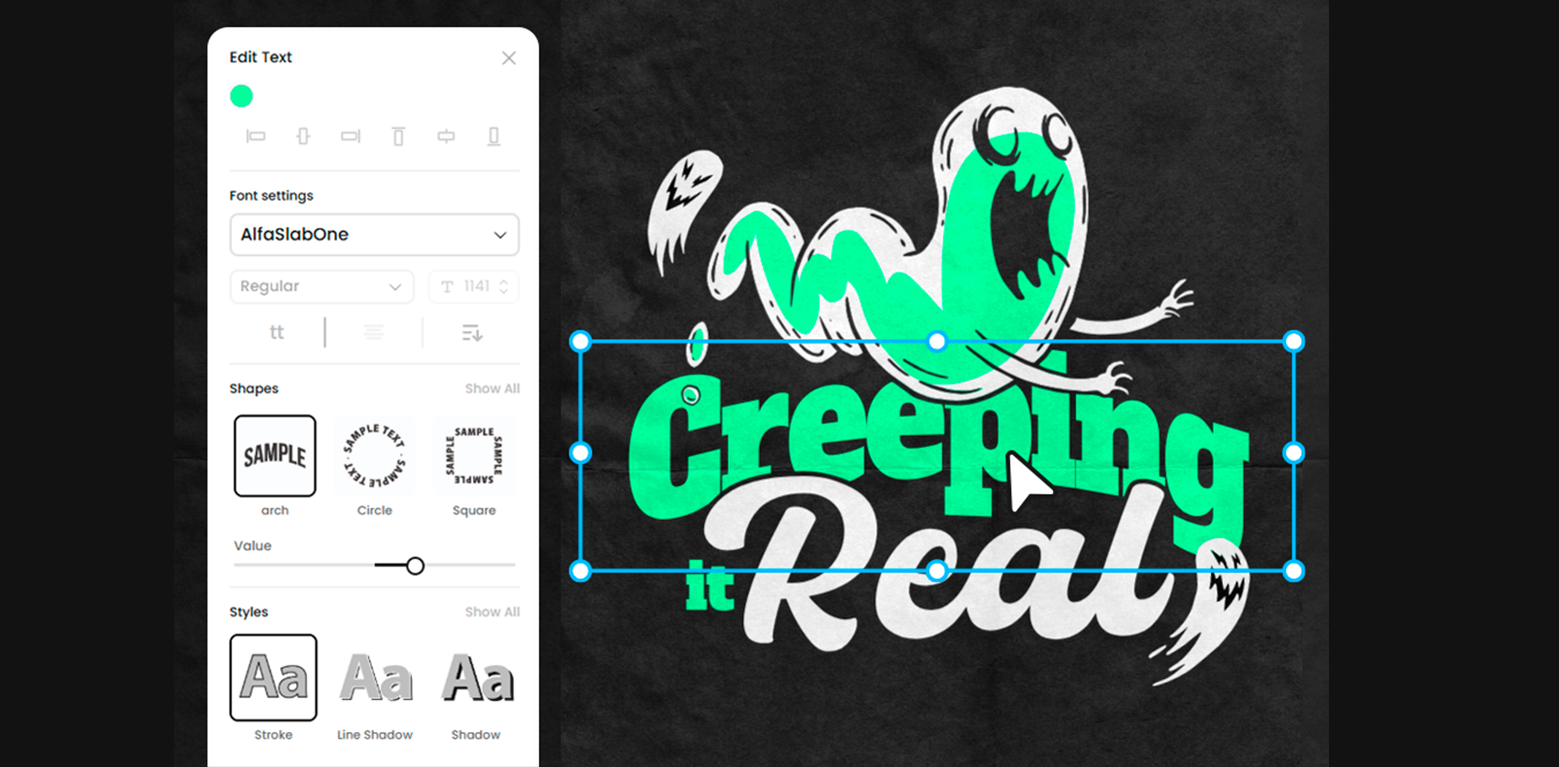Chances are you want to build an online store, whether to promote your brand or start a new side hustle, and don’t know where to begin. Don’t worry: creating a store has never been easier.
Today we will explore 7 simple steps to make an online store and enter the highly competitive but profitable world of e-commerce, from finding your niche and designing your store to the best ways to promote your site and boost your sales. Selling merchandise on the internet is one of the best passive income options, and nowadays starting your business is simpler than ever. With a little bit of patience and creativity, you can achieve the unimaginable.
Be ready to take notes and let’s get into it!
1. Find The Right Niche
You are about to enter a particularly competitive market, so you need to step up your game and offer something different to your customers. To do this, your best bet is to find the right niche and focus on it. Don’t choose the same niche every brand is selling: narrow it down to a specific range, with enough demand to be sustainable. If you already have a niche to work with, what you need is to find the best strategy to benefit from it.
In order to achieve that, you might have to do some research before you set up an online store. Analyze trends on social media to find out what people in that niche are looking for, their needs and interests might be great clues. Some tools will help you find the most searched words related to that niche, such as Semrush or SEMScoop; use them to understand how well those keywords will perform and to identify the best niche opportunities.
However, carrying out all this research to create an online store can be difficult and exhausting. If you want to skip all the hard work, Vexels has a new Quote Generator that allows you to discover profitable niches with a few clicks.

2. Choose Your Products
Even though it may seem obvious, choosing not only the right niche but the right products is crucial if you want to start an online store. Study your target audience, their needs, and characteristics such as age, gender, location, or lifestyle. Are you going to offer worldwide shipping? Do your products adjust to your target audience? For example, if your content is related to gaming, it would be a good idea to work with mouse pads, t-shirts, or posters.
If you are planning to create a POD (print-on-demand, a business model where products are not manufactured until a purchase order has been placed) online store, the range of products you can offer might become more diverse, since you are not in charge of production, inventory, or distribution. Use it to your advantage and explore different merch designs like t-shirts, mugs, tote bags, or phone cases, for instance. What is your target audience asking for? How can you make your brand unique?
3. Choose An E-Commerce Platform
To set up an online store you need to find an e-commerce that adapts to your needs in order to make sales and promote your business. Luckily, you have several options available. Take into account their unique features, pricing, and how easy it would be to use them for your purposes.
There are some other reliable e-commerce platforms out there, like Shopify, WooCommerce, Squarespace, or Wix. If you want to check them out, make sure to compare them and choose the one that better suits your ideas.
4. Design Your Site
The design of your site will convey a certain feeling to your customers, so make sure the structure and colors match your style. A simple glance should be enough for them to know what type of store they have just entered and what products you are selling. The same logic applies to the logo of your choice. You can use our Logo Maker to create your own logo with ease.
Don’t add colors or elements that might distract or confuse your customers. Stay true to your brand while making the experience easy. Focus on useful sections, like About, Contact, Categories, different audiences, or FAQ pages with all the necessary information. Some e-commerce platforms include templates that will help you easily design your site. Vexels allows you to customize the colors, font, and logo of your store, for example.
Remember to choose a catchy but smart name for your brand and domain. Use SEO (search engine optimization, a way to improve the visibility of your website in search engines like Google or Bing) to your advantage and add a keyword related to your niche to make it useful as well as memorable.
5. Optimize Your Site
Good use of SEO is not limited to names. Making your site visible on search engines is crucial to drive traffic to your merch store. Use keyword research tools again, like Semrush, Ubersuggest, or SEMScoop, to find out what your target audience is looking for regarding products like yours.
Use those keywords in the right places, such as page titles, product descriptions, headings, meta descriptions, images, and URLs, so that when users search for those words, your store is the first thing shown.
6. Add Products To Your Online Store
 Designing Your Merch
Designing Your Merch
If you’re an artist, you may have no doubts about your merch designs. Nevertheless, in case you need a hand or are simply unsure about which designs to choose, try our T-Shirt Maker to generate unique, quality designs in just a few easy steps.
Creating A Mockup
This is your opportunity to show your audience what the design will look like on the merch. Don’t forget to use quality photographs or mockups to attract the customer’s attention and show them they can confidently buy your products. An online Mockup Generator can help you make it in no time.
Listing Your Products
It is finally time to list your products! Establish clear categories to make searching for products easier and tag them accordingly. Write persuasive descriptions highlighting the benefits and features of what you have to offer, besides any other relevant information like the price, color, or weight.
Ultimately, this is all about making the experience as simple and smooth as possible. If your customers can’t find the products or information they are looking for, they will leave.

Monitoring Your Sales
Don’t forget to track all your sales and then review and analyze the performance of your online store on your preferred e-commerce platform.
7. Promote Your Online Store
The story does not end after you publish your store. To get the most out of it, it is highly advisable to promote it as much as you possibly can. These are some ways in which you can promote your online store:
- Social media. Start building an online presence before launching your store to create an audience. Use it to announce the launch day and, from then on, to show your products to the world and connect with your followers.
- Online advertising. Instagram and Facebook ads allow you to target your customers’ demographics, location, and interests. On the other hand, Google Ads targets people who search on Google, so make sure you choose the right keywords to appear on top of search engine results pages.
- Content marketing. Blogging regularly about topics related to your products is a good strategy to attract traffic to your store and become an authority in your area of business. Write keyword-rich blog posts to benefit from SEO so your site appears in relevant search results.
Remember that promoting your business is a crucial step if you want your store to be known by potential customers.
That’s it! This is everything you need to start an online store and sell your merch with confidence. We wish you the best of luck with your business!







